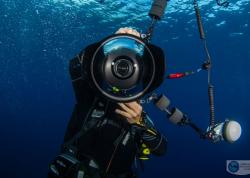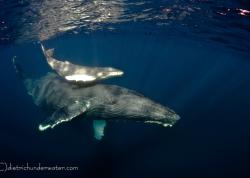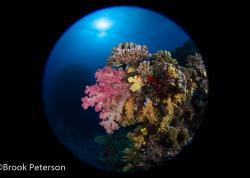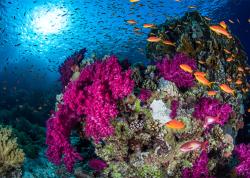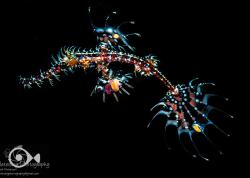Best Lens Choices for DSLR Underwater Photography
Underwater photography has its challenges and chief among them is having the right lens for the shot you hope to achieve. Compact camera users have an advantage in this regard, as they can switch strategies underwater by adding a wide angle wet lens or diopter as needed. DSLR shooters, however, have to make a choice before the dive and stick with it. That means more than just a choice between macro and wide angle. It also means choosing the right macro lens or wide angle lens.
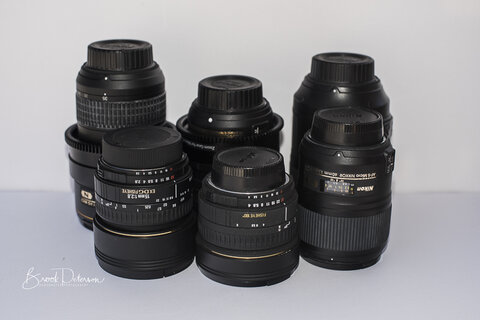
MACRO
Many budding underwater photographers start their adventure shooting images of small animals such as octopus, fish, and nudibranchs. My advice, whether you are shooting with a crop sensor or a full frame camera, is to use a 60mm macro lens. This lens allows the photographer to get close to the subject and fill the frame. It is especially good for subjects about the size of a small melon. With its wide focusing range, it can take images both extremely close up and at a distance. It is a good underwater choice for poor visibility as well because of its short working distance.
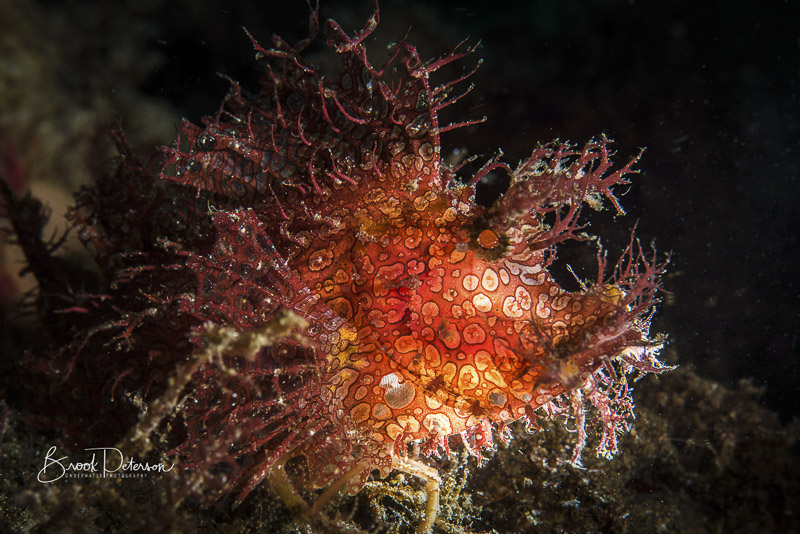
Rhinopias frondosa, 60mm lens, f/18, 1/320, ISO 100
Although the 60mm lens is a good all around macro lens, some photographers prefer to shoot smaller subjects or larger subjects at a greater working distance. In this case, I recommend Canon's 100mm macro Lens, or Nikon's 105mm macro lens. These lenses are compatible with both crop and full frame sensors and allow the photographer to fill the frame with a subject while maintaining a comfortable working distance. My favorite application with this lens, however, is to pair it with a wet diopter, such as the Subsee +5 or +10, or the Nauticam SMC-1 or SMC-2. When paired with one of these lenses, the working distance is reduced to just a few inches, and teeny tiny subjects smaller than an ant can be photographed, and still fill the frame.
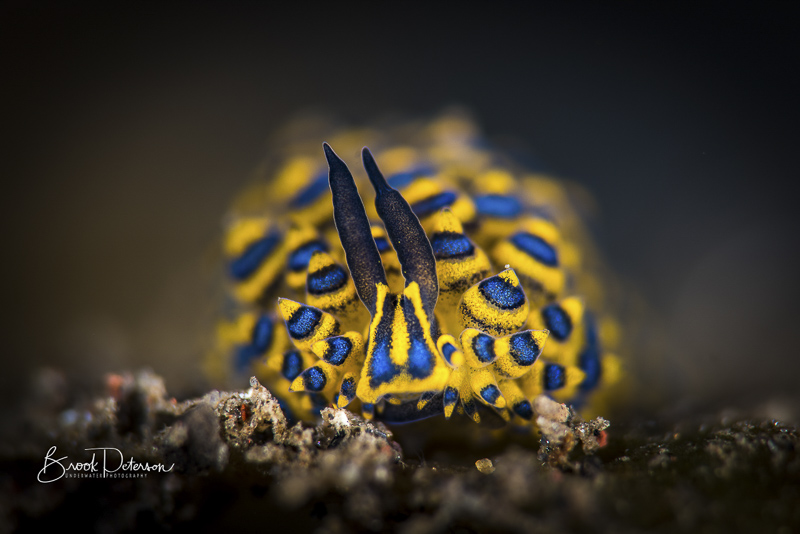
Costasiella sp. Nikon d810, 105mm lens, SMC-1, f/20, 1/320, ISO 100
Both the 60mm and the 100mm or 105mm lenses can be enhanced with a wet diopter, teleconverter, or even extension rings. However, the wet diopters are the most versatile as they can be attached to an adapter that flips them out of the way when changing between subjects of different sizes. Although the choice to shoot macro still has to be made before making a gaint stride, these lenses give the photographer the option to shoot a head and shoulders portrait size of a diver all the way down to something the size of a grain of rice. To illustrate the versatility of this lens, the image above was taken with the same lens as the image below, Nikon's 105mm lens.
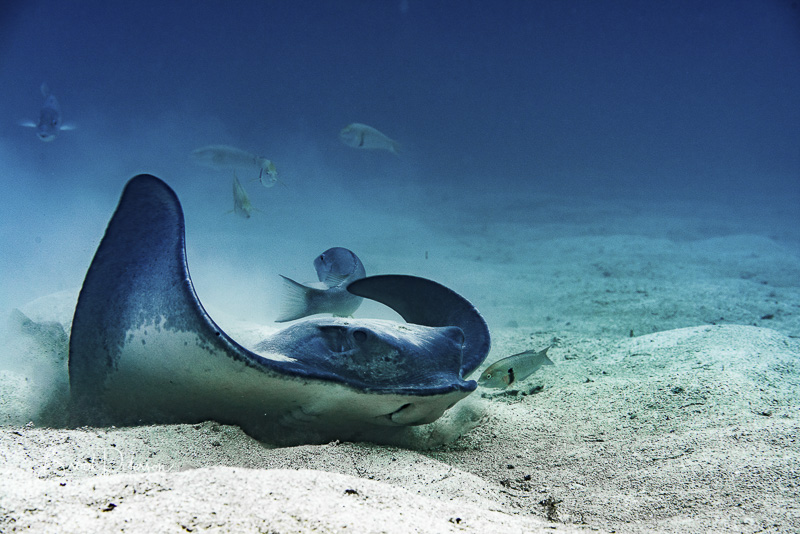
Nikon d810, 105mm lens, f/8, 1/125, ISO 200
WIDE ANGLE
It turns out, there are several choices for wide angle shooters as well as macro shooters. For crop-sensor cameras, the overwhelming majority of photographers use the Tokina 10-17mm Fisheye lens. This lens is very versatile as it focuses extremely close to the lens while giving tremendous depth of field. You can see the kelp in the image below is pretty much in focus throughout the image, although some of it is touching the dome port, and some of it is meters away.
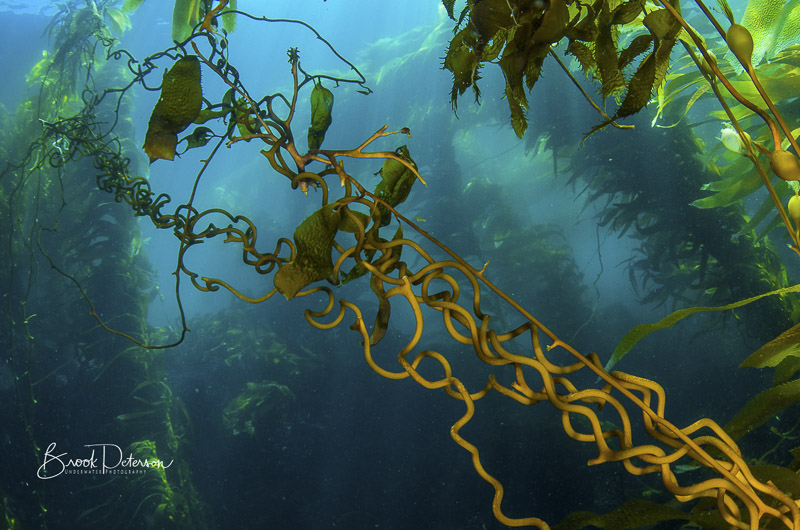
Nikon d7000 with Tokina 10-17mm lens, f8, 1/30, ISO 200
Another option for both full frame and crop sensor shooters is the circular fisheye lens. If you are shooting a crop sensor, you will have to use a 4.5mm circular fisheye lens, to account for the smaller sensor size. Full frame shooters can use an 8mm circular fisheye. Sigma makes both lenses and it is a good choice if you want to have this option in your bag. Canon, and recently Nikon, both make an 8-15mm fisheye lens which I find to be the most versatile. The 8mm lens is sometimes touted as a gimmick to get judges to notice your photo in a contest, but I believe it is a tool just like any other and should be utilized under the right conditions. At 8mm (or 4.5 if shooting crop sensor), the lens sees 180 degrees in every direction creating a circular effect. It is a challenging lens to use because you must have the strobes pulled way back to reduce backscatter and the subject must be placed in the frame where it will not be too heavily distorted.
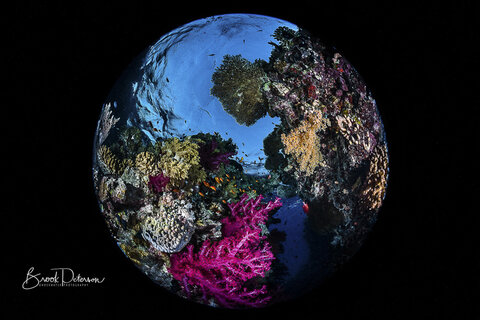
Nikon d810, sigma 8mm circular fisheye lens, f/11, 1/100, ISO 320
At the 15mm end of the 8-15mm fisheye lens, the frame is filled, has great depth of field, and the lens makes exceptional underwater images. Because there are very few straight lines in underwater photography, a fisheye lens works well to capture close focus wide angle photography.
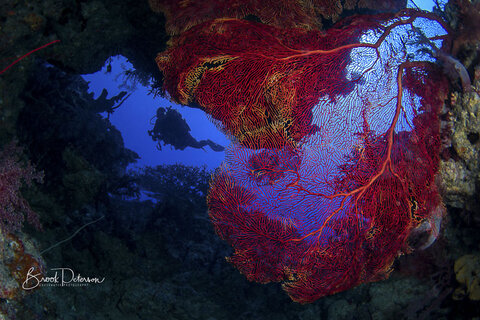
Nikon D810, 8-15mm lens at 15mm, f9, 1/125, ISO 400
There are times, however, when straight lines are more desirable, such as the inside of a shipwreck, or the supports under a jetty. Full frame shooters have the option of using a 16-35mm wide angle rectilinear lens. This lens also works well for large animals that are not so large as to fill the frame with a 15mm shot, such as sea lions, dolphins, and giant groupers, so being able to zoom in to 35mm is helpful.
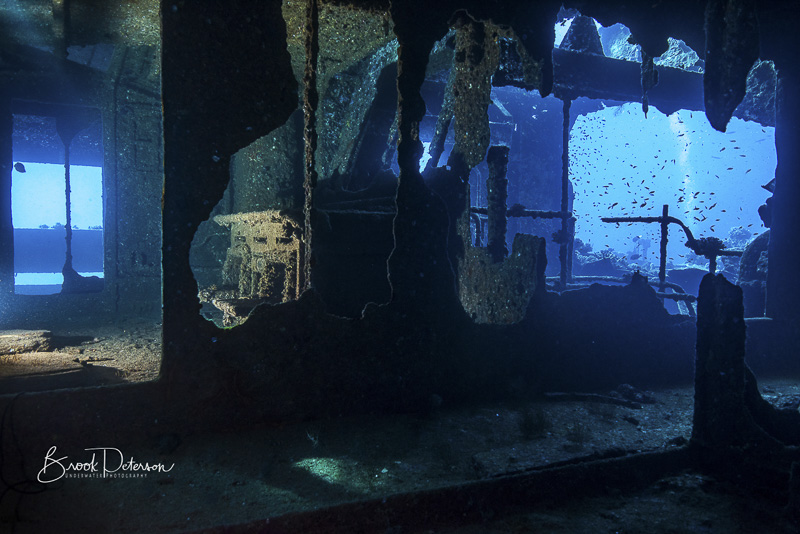
Nikon d810, 16-35mm wide angle rectilinear lens, f/11, 1/80, ISO 500
These lenses are not the only options available to underwater photographers, but they are commonly used and give both wide angle and macro shooters lots of options for better underwater photography. DSLR users will benefit from deciding what types of images they would like to create before the dive and going on the dive with those goals in mind. Of course, there is always Murphy's law that you will see a whale when you are set up for a nudibranch. But if you are prepared for the nudibranch, at least you will have the safistfaction of being ready when that new, undescribed species shows up.
RECOMMENDED ARTICLES
SUPPORT THE UNDERWATER PHOTOGRAPHY GUIDE:
The Best Service & Prices on u/w Photo Gear
 Visit Bluewater Photo & Video for all your underwater photography and video gear. Click, or call the team at (310) 633-5052 for expert advice!
Visit Bluewater Photo & Video for all your underwater photography and video gear. Click, or call the team at (310) 633-5052 for expert advice!
The Best Pricing, Service & Expert Advice to Book your Dive Trips
 Bluewater Travel is your full-service scuba travel agency. Let our expert advisers plan and book your next dive vacation. Run by divers, for divers.
Bluewater Travel is your full-service scuba travel agency. Let our expert advisers plan and book your next dive vacation. Run by divers, for divers.





